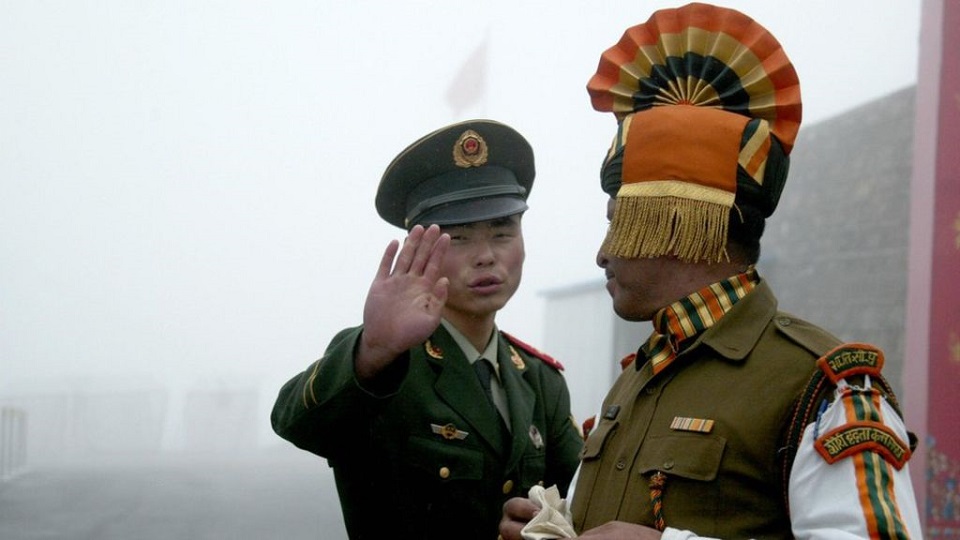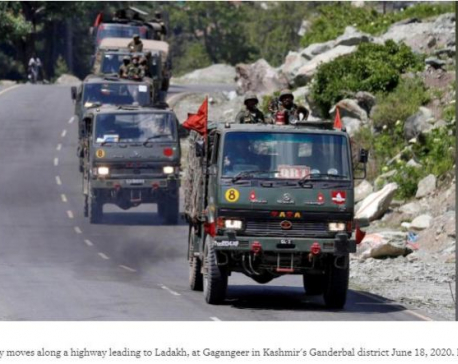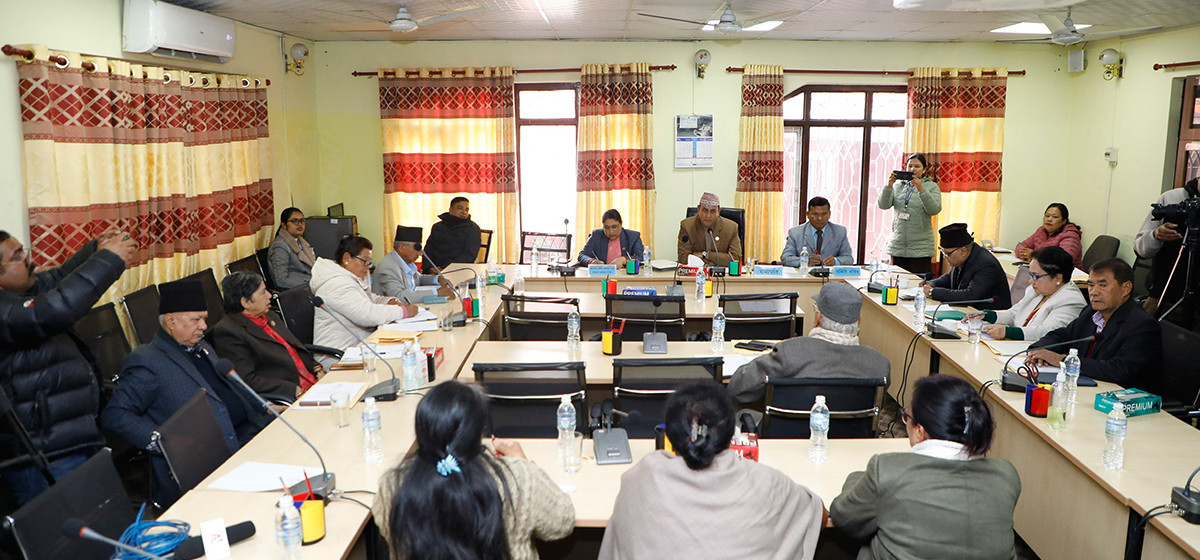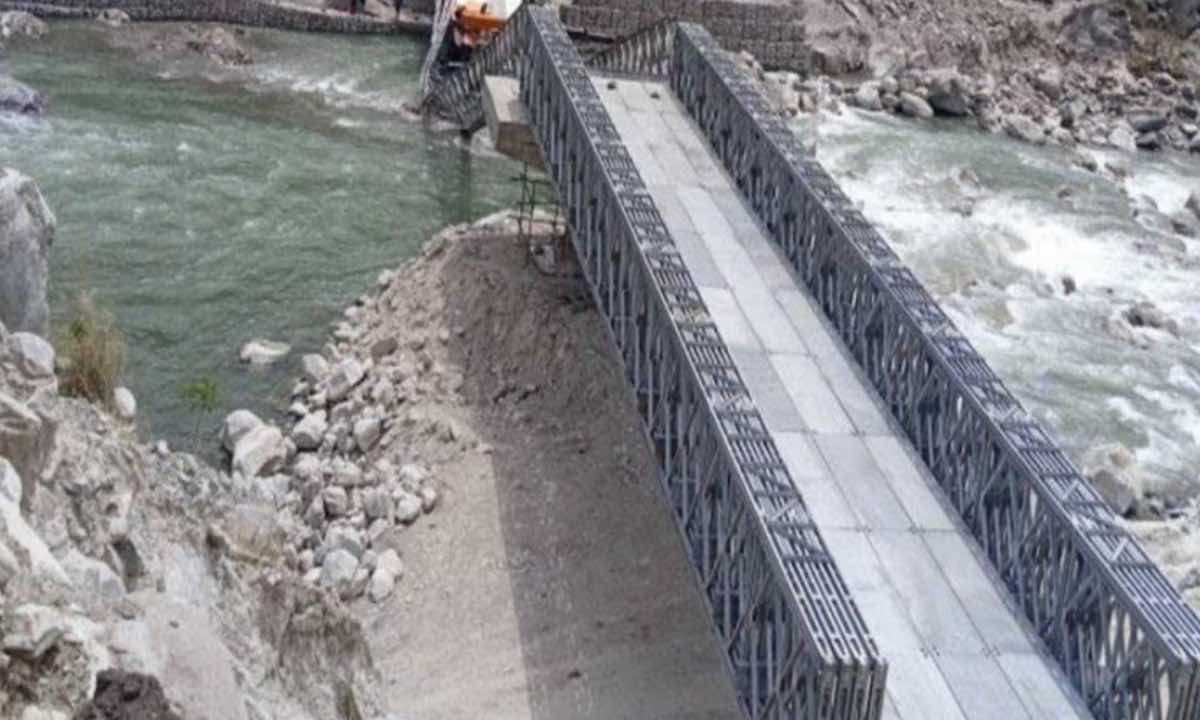
OR


Suresh Sharma
The author, former Spokesperson of Nepal Army, is Chief Executive Officer at Nepal Institute for Strategic Studiesnews@myrepublica.com
As India and China are accusing each other of crossing the LAC, it could trigger a potential spark for a limited war.
The memories of fierce clash between Chinese PLA and Indian militaries in Galwan of June remain. And yet fresh tension has emerged at Line of Actual Control (LAC). The Indian military is now caught in an uncertainty as to where the agreement of status quo with Chinese forces will end. The chase for holding tactical north as well as south bank of Pangong Tso Lake where the LAC passes has raised many questions. Indians think the tactically important high grounds such as Black Top, Helmet, Gurung Hill, Maggar Hill, Spanggur gap along with some other on the south bank of Pangong Tso, ground between Rechin La-Rezangla-Mukhpari and Magar Hill, if held and sustained, would provide them advantage to dominate PLA’s position and prevent surprise incursion from them.
While many of the Indian media glorified this hold by preempting PLA’s move, the Chinese Embassy in Delhi blamed India for violating the consensus and crossing the LAC. On September 8, warning shots were fired on LAC from both sides, and tensions rose. Statement of China’s western theatre command (WAC) said border troops of the PLA were “forced to take countermeasures” after Indian army soldiers fired at them near the Shenpao mountain region near the south bank of Pangong Tso. The new situation along LAC has become a worry for the troops holding grounds on both sides in approaching icy winter.
Talks are failing
The talks between India and China for the last three months have not made headway because both have put claim on these important heights and feel threatened if they are occupied by the other party. China does not seem to agree to India’s demands to return to pre-May status. It could be one of the reasons, India’s Chief of Defense said, “defense services always remain prepared for military actions should all efforts to restore status quo along the LAC do not succeed.” Some Indian security experts have accused China of trying to create a new status quo by not agreeing to India’s terms. To add fuel to the fire, some retired Generals are even advocating for military actions against the “salami slicing tactics” (their terminology for PLA inching forward in LAC).
South block, it seems, is less likely to take notice of this until Indian forces will be physically threatened by PLA, and the protection of Chusul bowl, Daulat Beg Oldie (DBO) and other rear areas becomes inevitable. But, with any sudden rupture in confidence building measure (CBM), neither India’s military would merit an advantage at the LAC, nor achieve their perceived status quo. Due to new impasse, each disputed piece of ground will remain in quandary for long.
Getting worse
If we recall the history of November 1962, Indian troops had claimed that they thwarted incursion attempts of the PLA and thereafter got hold of mountain tops (same as above )—which were of advantageous positions—so that PLA could not come further inside Indian territory. Once the PLA attack became intense with artillery and mortar fire mixed with infantry on Indian posts at Rezang La, Maggar Hill, Gurung Hill and Spanggur gap those positions had to fall in the face of their overwhelming superiority.
Thus security experts’ view that possessing some other heights along LAC subsequently would give advantage in the negotiating table does not hold water. If that is the design of Indian military then PLA’s move will create catastrophe. The race in capturing, holding, and then dominating the important heights in the LAC (disputed area of ground) to one’s advantage could prove to be potential flash points.
In an interactive session at the US-India Strategic Partnership Forum, few days ago, India’s Chief of Defense Staff (CDS) General Bipin Rawat said India's policy of engagement, if not backed by credible military power and regional influence, would imply acknowledging China's pre-eminence in the region. Essentially, the warmongering and provocation adds fuel to misunderstanding and the soldiers will further bleed in the most inhospitable high altitude terrain for nothing. The aspiration of India-US rock-hard strategic underpinning of an offensive theater in the region for all intents and purposes would become counterproductive.
Point to ponder
As India and China are accusing each other of crossing the LAC, it could trigger a potential spark for a limited war, like that of 1962, but with a different magnitude. Inviting the military confrontation, as advocated by Indian CDS and provocation will result in mere loss of blood. Political warmongering as not to “cede an inch of land” to protect the integrity and sovereignty of the country at all cost consolidates the current status.
Each side has issued statements over LAC in recent days. The countries in the region have drawn attention for restraint. The top level security mechanisms of both countries need to realize that transgressions along the LAC occur due to differing perceptions about its alignment. Their perceptions can only converge if a new idea of peaceful solution is sought from both sides.
You May Like This

Indian army asks China's PLA if missing civilians in their custody
GUWAHATI, India, Sept 7: The Indian Army said on Monday it has asked its Chinese counterpart if five Indian civilians who... Read More...

Chinese foreign ministry says no Indian troops died along border
BEIJING, Sept 2: China’s foreign ministry said on Wednesday no Indian troops had died along the countries’ shared border, as fresh... Read More...

China begins pulling back troops near site of India border clash, Indian sources say
NEW DELHI/BEIJING, July 6: China began pulling back troops from along its contested border with India on Monday, Indian government... Read More...
Just In
- State Affairs and Good Governance Committee meeting today
- Gold items weighing over 1 kg found in Air India aircraft at TIA
- ACC Premier Cup semi-final: Nepal vs UAE
- Sindhupalchowk bus accident update: The dead identified, injured undergoing treatment
- Construction of bailey bridge over Bheri river along Bheri corridor reaches final stage
- Taylor Swift releases ‘The Tortured Poets Department’
- India starts voting in the world’s largest election as Modi seeks a third term as prime minister
- EC seeks cooperation for free and fair by-election



















Leave A Comment